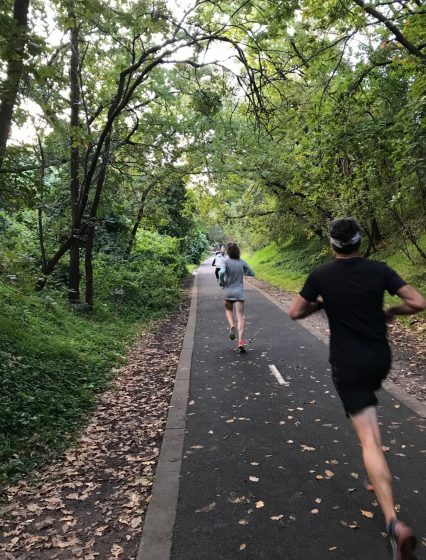
Health benefits of green space
The health benefits of urban green space, typically parks, are well documented (Twohig-Bennett and Jones, 2018). Parks can enhance physical and mental health by providing attractive opportunities for walking and other moderate-intensity physical activities, which help to protect against a range of disabling chronic diseases (Lee & Buchner, 2008). Being exposed to greenery physically and visually has been shown to be associated with lower stress and better mental health (Hazer et al., 2018; van den Berg et al., 2016). Social interaction in parks, which can support ties with neighbours and acquaintances, is also known to contribute to mental well-being (Sandstrom and Dunn, 2014). Thus, urban green spaces can be seen to have at least three positive and synergistic benefits for physical and mental health.
Walking in green space: Antidote to COVID-19
Walking is a key consideration in this context. It is the most common form of recreational physical activity and is accessible to most people across age and socio-economic spectrums. However, the proportion of adults who engage in walking for recreation is far lower than it ideally should be. In Australia, only about 20% of adults walk for exercise (Australian Bureau of Statistics, 2015). With exercise being one of the few permissible activities during COVID-19 restrictions and with reduced opportunities for “utilitarian walking” for commuting and shopping, recreational walking has become even more important as a means to be active and healthy. Recreational walking in green spaces, where there are salutary opportunities for contact with nature and social interactions, can serve as an antidote to the adverse consequences that COVID-19 has had for our way of life.
Opportunity to establish a habit of recreational walking
About 80% of Australian adults did not engage in leisure-time walking prior to COVID-19. One unexpected positive in the current situation has been that people appear to be motivated to step outdoors to get some exercise. This is an opportunity to promote long-term behavioural change and to increase the number of people who engage in regular recreational walking. From a behavioural science perspective, behavioural change is a complex process involving a series of stages: contemplation, preparation, action, and maintenance (Prochaska & Redding, 2015). In the current context of restrictions, some will have already moved to the stage of preparation (thinking about starting walking) or action (initiating walking). However, a challenge is to maintain the habit of regular recreational walking over the long run as restrictions ease, especially if the surrounding environments are not supportive for walking.

Providing attractive and accessible green space to encourage physical activity
Improving urban green spaces that support recreational walking can help to achieve this goal. There may be a number of parks that differ in their size and features in a single neighbourhood. The current available evidence suggests that the number of parks in a given area or shorter distances to parks alone is not sufficient to promote walking or park visits (King et al., 2012; Sugiyama et al., 2010). What has been found to be more relevant to park use by local residents are the size and quality aspects of the parks: larger parks with features such as walking paths, grassed areas, amenities, and dog-related facilities are known to be conducive to walking and park visits (Cohen et al., 2017; Schmidt et al., 2019; Sugiyama et al., 2010; Sugiyama et al., 2015). Unsafe parks where there are more crime incidents and more incivilities have been found to attract fewer park users (Marquet et al., 2019; Zhang et al., 2019).
It is important to note that these park features can be relatively easy to modify and improve to encourage higher use for physical activity – particularly in contrast to urban planning interventions to promote walking such as increasing population density and enhancing access to retail areas and to public transport (Stankov et al., 2017). There is also evidence that park renovation is effective in increasing park visitors (Cohen et al., 2015; Veitch et al., 2018). These findings suggest that improving existing parks (rather than creating a new park), which can be done by local authorities with relatively modest cost, can increase the number of park users and thus contribute to increasing physical activity, reducing stress and promoting sociability at a community level.

Opportunity to ameliorate health inequalities
This is also an opportunity to reduce some of the health inequalities that exist between deprived and affluent neighbourhoods. It is known that those living in deprived neighbourhoods tend to be less active during leisure time than those in affluent neighbourhoods (Janssen et al., 2010). Although deprived neighbourhoods do not necessarily have a lower quantity of parks, disadvantaged areas tend to have parks that are poorer in quality with greater safety concerns compared to less deprived neighbourhoods (Crawford et al., 2008; Vaughan et al., 2013). Many residents of deprived areas may be facing tough times due to the restricted economic activity caused by COVID-19. In order to prevent further widening of the health inequalities associated with socioeconomic disadvantage, green space renovation initiatives need to prioritise areas where residents do not have access to quality parks.

Urban greening for the post COVID-19 era
City leaders and urban planners are encouraged to use COVID-19 recovery strategies and associated resources to enhance existing green spaces, to support those who are already motivated to maintain their physical activity into the future. The benefits would go beyond physical activity, as walking in green space can help people to recuperate through contact with nature and interaction with neighbours.
A first step could be to identify and improve parks that are considered unattractive by residents, lack amenities or have safety issues. Improved parks that are more amenable to residents may also result in higher numbers of visitors, which may also assist to make park users feel safer. The process of renovating urban green spaces should involve local community groups to better understand the needs of all residents (across genders, ethnicities and the lifespan) and the characteristics that would make parks more attractive to them (Ives et al., 2017). Co-design involving a wide range of stakeholders can help to create vibrant parks where local communities feel more connected.
We propose four knowledge-based recommendations that can be implemented by urban planners and designers and those involved in park planning/management to make cities healthy and equitable through urban greening:
- Take advantage of the new and changing circumstances, within which people may be more open to opportunities and motivated to walk for recreation: We are in a transition period, where people may be changing their daily behaviours. Knowledge of nearby opportunities for walking can help them to establish healthy habits of recreational walking.
- Ensure parks and other urban green spaces are attractive and safe for all residents, to encourage recreational use that can improve physical and mental health: It is important to identify poorly featured or poorly maintained parks, as they can benefit from additional facilities and amenities. Larger parks without attractive features are a high-priority target for intervention to increase park visitors.
- Pay particular attention to parks in deprived neighbourhoods, as this can be an opportunity to reduce the health gap between deprived and affluent neighbourhoods: Issues such as litter and vandalism can discourage park use. Periodical maintenance can improve the sense of safety and help to attract more visitors.
- Consult with members of local communities about the nature of park renovations that are most likely to meet their desires for use and accessibility needs: Parks that serve the needs of the community will be used by many. Partnership between the public and community can help to improve and maintain parks.
Takemi Sugiyama, Nyssa Hadgraft, Manoj Chandrabose, Jonathan Kingsley, Niki Frantzeskaki, Neville Owen
Melbourne
References
Australian Bureau of Statistics. 2015. Participation in Sport and Physical Recreation, Australia, 2013-14. Australian Bureau of Statistics, Canberra.
Cohen, D.A., Han, B., Evenson, K.R., Nagel, C., McKenzie, T.L., Marsh, T., Williamson, S., & Harnik, P. 2017. The Prevalence and use of walking loops in neighborhood parks: A national study. Environmental Health Perspectives, 125:170–174.
Cohen, D.A., Han, B., Isacoff, J., Shulaker, B., Williamson, S., Marsh, T., McKenzie, T.L., Weir, M., & Bhatia, R. 2015. Impact of park renovations on park use and park-based physical activity. Journal of Physical Activity & Health, 12:289–295.
Crawford, D., Timperio, A., Giles-Corti, B., Ball, K., Hume, C., Roberts, R., . . . Salmon, J. 2008. Do features of public open spaces vary according to neighbourhood socio-economic status? Health & Place, 14(4):889–893.
Hazer, M., Formica, M.K., Dieterlen, S., & Morley, C.P. 2018. The relationship between self-reported exposure to greenspace and human stress in Baltimore, MD. Landscape & Urban Planning, 169:47–56.
Ives, C.D., Oke, C., Hehir, A., Gordon, A., Wang, Y., & Bekessy, S.A. 2017. Capturing residents’ values for urban green space: Mapping, analysis and guidance for practice. Landscape & Urban Planning, 161:32–43.
Janssen, E., Sugiyama, T., Winkler, E., de Vries, H., te Poel, F., & Owen, N. 2010. Psychosocial correlates of leisure-time walking among Australian adults of lower and higher socio-economic status. Health Education Research, 25:316–324.
King, T.L., Thornton, L.E., Bentley, R.J., & Kavanagh, A.M. 2012. Does parkland influence walking? The relationship between area of parkland and walking trips in Melbourne, Australia. International Journal of Behavioral Nutrition & Physical Activity, 9:115.
Lee, I. M., & Buchner, D.M. 2008. The importance of walking to public health. Medicine & Science in Sports & Exercise, 40:S512–S518.
Marquet, O., Hipp, J.A., Alberico, C., Huang, J.H., Fry, D., Mazak, E., Lovasi, G.S., & Floyd, M.F. 2019. Short-term associations between objective crime, park-use, and park-based physical activity in low-income neighborhoods. Preventive Medicine,126:105735.
Prochaska, J.O. & Redding, C.A. 2015. The transtheoretical model and stages of change. In Glanz, K., Rimer, B.K., & Viswanath, K. (Eds). Health Behavior: Theory, Research, and Practice. John Wiley & Sons.
Sandstrom, G.M., & Dunn, E.W. 2014. Social interactions and well-being: The surprising power of weak ties. Personality & Social Psychology Bulletin, 40:910–922.
Schmidt, T., Kerr, J., & Schipperijn, J. 2019. Associations between neighborhood open space features and walking and social interaction in older adults: A mixed methods study. Geriatrics, 4:41.
Stankov, I., Howard, N.J., Daniel, M., & Cargo, M. 2017. Policy, research and residents’ perspectives on built environments implicated in heart disease: A concept mapping approach. International Journal of Environmental Research & Public Health, 14:170.
Sugiyama, T., Francis, J., Middleton, N.J., Owen, N., & Giles-Corti, B. 2010. Associations between recreational walking and attractiveness, size, and proximity of neighborhood open spaces. American Journal of Public Health, 100:1752–1757.
Sugiyama, T., Gunn, L.D., Christian, H., Francis, J., Foster, S., Hooper, P., . . . Giles-Corti, B. 2015. Quality of public open spaces and recreational walking. American Journal of Public Health, 105:2490–2495.
Twohig-Bennett, C., & Jones, A. 2018. The health benefits of the great outdoors: A systematic review and meta-analysis of greenspace exposure and health outcomes. Environmental Research, 166:628–637.
van den Berg, M., van Poppel, M., van Kamp, I., Andrusaityte, S., Balseviciene, B., Cirach, M., . . . Maas, J. 2016. Visiting green space is associated with mental health and vitality: A cross-sectional study in four European cities. Health & Place, 38:8–15.
Vaughan, K.B., Kaczynski, A.T., Stanis, S.A.W., Besenyi, G.M., Bergstrom, R., & Heinrich, K.M. 2013. Exploring the distribution of park availability, features, and quality across Kansas City, Missouri by income and race/ethnicity: An environmental justice investigation. Annals of Behavioral Medicine, 45:S28–S38.
Veitch, J., Salmon, J., Crawford, D., Abbott, G., Giles-Corti, B., Carver, A., & Timperio, A. 2018. The REVAMP natural experiment study: The impact of a play-scape installation on park visitation and park-based physical activity. International Journal of Behavioral Nutrition & Physical Activity, 15:10.
Zhang, R., Wulff, H., Duan, Y.P., & Wagner, P. 2019. Associations between the physical environment and park-based physical activity: A systematic review. Journal of Sport & Health Science, 8:412–421.

about the writer
Nyssa Hadgraft
Dr Nyssa Hadgraft is a postdoctoral research fellow at the Centre for Urban Transitions at Swinburne University of Technology (Melbourne, Australia). Her research interests include understanding the multi-level influences on physical activity and sedentary behaviour as risk factors for chronic disease.

about the writer
Manoj Chandrabose
Dr Manoj Chandrabose is a postdoctoral research fellow at the Centre for Urban Transitions. His research involves building the evidence base for how urban environmental exposures can impact human health through various behaviours.

about the writer
Jonathan Kingsley
Dr Jonathan Kingsley is a Lecturer in Health Promotion at Swinburne University of Technology. He has worked for nearly two decades in Aboriginal Community Controlled Health Organisations, government bodies, academic institutes and NGO’s across Australia in the public health and community development field.

about the writer
Niki Frantzeskaki
Niki Frantzeskaki is a Chair Professor in Regional and Metropolitan Governance and Planning at Utrecht University the Netherlands. Her research is centered on the planning and governance of urban nature, urban biodiversity and climate adaptation in cities, focusing on novel approaches such as experimentation, co-creation and collaborative governance.

about the writer
Neville Owen
Professor Neville Owen is a National Health & Medical Research Council Senior Principal Research Fellow, Head of the Behavioural Epidemiology Laboratory at the Baker Heart & Diabetes Institute, and Distinguished Professor in Health Sciences at Swinburne University of Technology in Melbourne, Australia. His research links urban-environment attributes with physical inactivity, too much sitting, and risk of developing diabetes and heart disease.

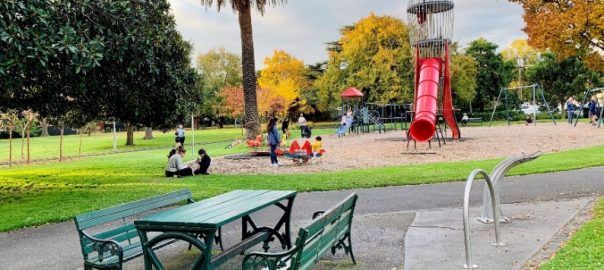






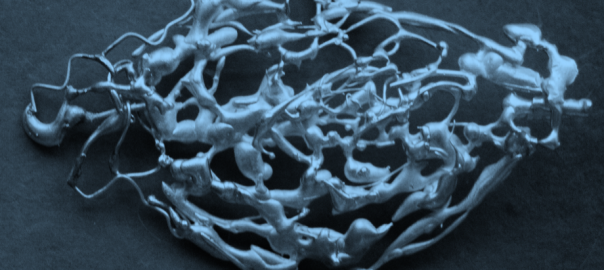
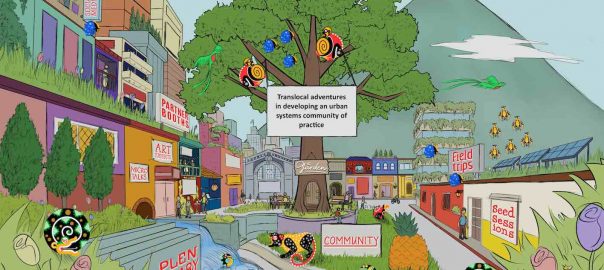
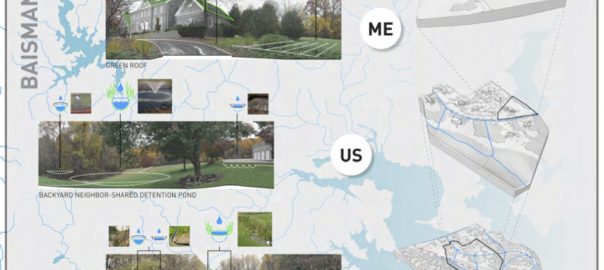
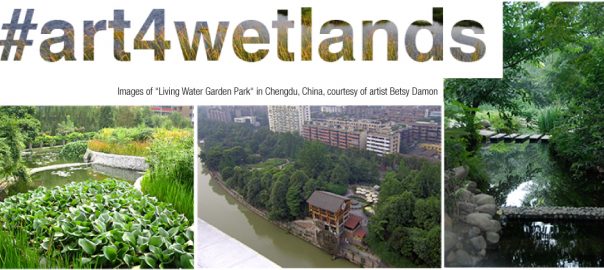
Add a Comment
Join our conversation